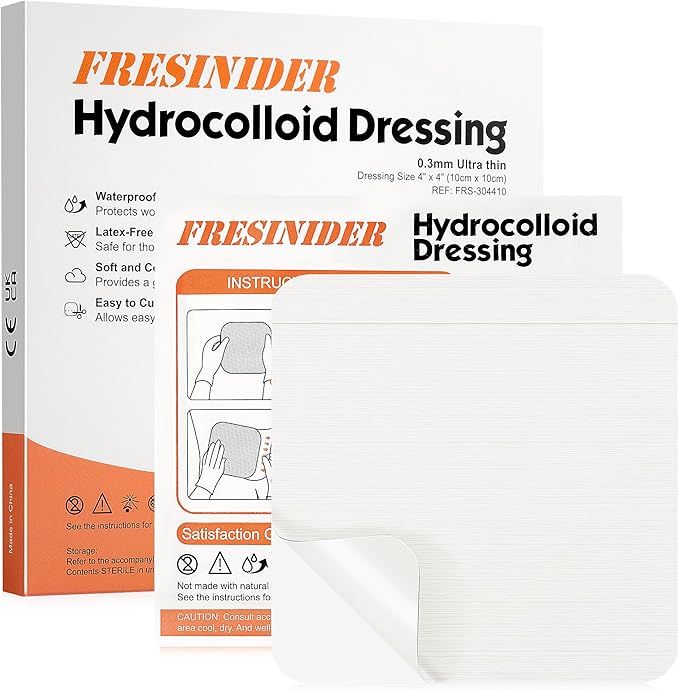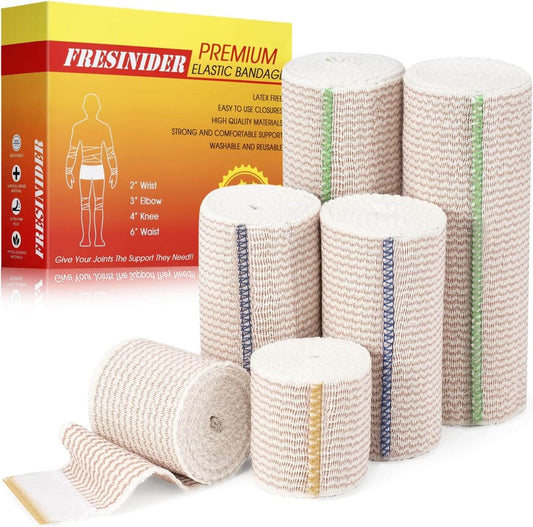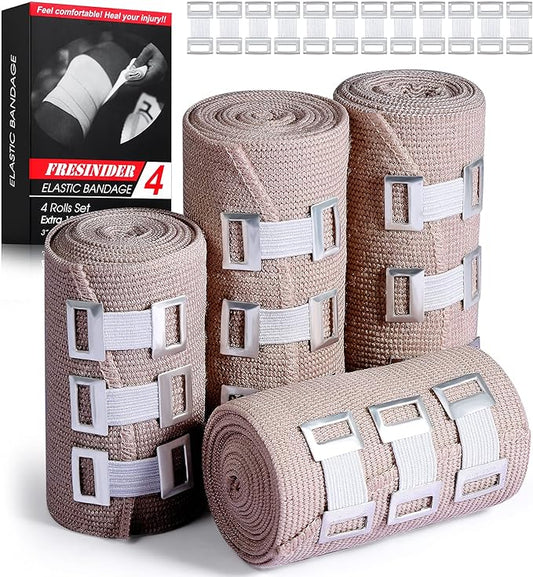Hydrocolloid dressings are popular because they create a moist healing environment, reduce pain, and minimize frequent dressing changes. They’re ideal for mild burns, blisters, and superficial wounds. However, there comes a point when you should stop using them. Leaving a hydrocolloid on for too long—or continuing after the wound’s needs change—can slow recovery or cause complications. This guide shows you the key signs to discontinue hydrocolloids and how to transition safely.
If you’re new to hydrocolloid dressings and want to understand how they work before deciding when to stop using them, read our full guide on how hydrocolloid dressings work.
1. Recommended Wear Time
Most hydrocolloid dressings are designed for 3–7 days of wear, depending on exudate and manufacturer guidance. If edges lift, the surface turns white/opaque, or the gel looks saturated, replace sooner. Always follow your specific product instructions.
2. Signs of Infection
Stop using hydrocolloid immediately if you notice spreading redness, warmth, swelling, new or worsening pain, foul odor, or pus-like drainage. Because hydrocolloids are occlusive, they can trap bacteria if an infection develops.
- Remove the dressing gently
- Cleanse with saline or a mild wound cleanser
- Seek clinical advice
3. Excessive Drainage
Hydrocolloids work best on light–moderate exudate. If leakage, frequent saturation, or skin maceration occurs, the wound is likely “too wet” for this dressing.
Heavily draining blisters or wounds may exceed absorption capacity. In such cases, consider a more absorbent option like this silicone foam dressing with adhesive border for better exudate management.
4. Wound Healing Has Stalled
If there’s no visible improvement after 7–10 days (no size reduction, minimal granulation, persistent slough), reassess the plan. The wound may require a different dressing type, moisture balance, or clinical debridement, as noted in a Mayo Clinic Proceedings review on chronic wound management.
5. Skin Maceration or Hypergranulation
Too much moisture under an occlusive dressing may cause maceration (soggy, white periwound skin) or hypergranulation (tissue rising above the wound bed). If observed, pause hydrocolloid use and switch to a dressing that better balances moisture.
6. Wound Is Fully Healed
Once the skin has completely epithelialized (closed and dry), continued occlusive coverage offers no benefit and may irritate healthy skin. Transition to simple skin care (barrier films or moisturizer) as appropriate.
7. Skin Irritation or Discomfort
If itchiness, burning, or redness extends beyond the wound edges, discontinue the dressing. Consider a hypoallergenic or silicone-based alternative if adhesive sensitivity is suspected.
8. Safe Transition: What to Do Next
- Remove gently: Lift a corner and peel slowly in the direction of hair growth.
- Cleanse & assess: Use saline or a mild wound cleanser; check for infection or necrosis.
- Match the new dressing to current needs:
- Foam / alginate — for moderate to heavy exudate
- Transparent film — for dry, closed wounds or protection
- Non-adhesive pad — for fragile or sensitive skin
- Monitor daily: Watch for redness, odor, or fluid buildup.
- Consult a clinician: If signs worsen or if you’re unsure.
FAQs
How long can I leave a hydrocolloid dressing on?
Usually 3–7 days, depending on wound fluid and product instructions.
Can I shower while wearing one?
Yes. Hydrocolloids are typically waterproof; avoid high-pressure water directly on the site.
Can I reuse a hydrocolloid patch?
No. Once removed, it loses sterility and adhesive performance.
Are hydrocolloids suitable for infected wounds?
No. Avoid occlusive dressings over infected or heavily draining wounds; seek clinical guidance.
Conclusion
Hydrocolloid dressings are effective when used for the right wound at the right time. Stop using them if you see infection, persistent saturation, stalled healing, maceration, or once the wound has fully closed. Transition thoughtfully to another dressing that matches the wound’s current needs to support safe, efficient healing.

- Helps maintain a moist environment to support the healing process
- Ultra-thin, flexible, and waterproof for daily comfort
- Self-adhesive and gentle during removal
- Ideal for superficial wounds and blister care





